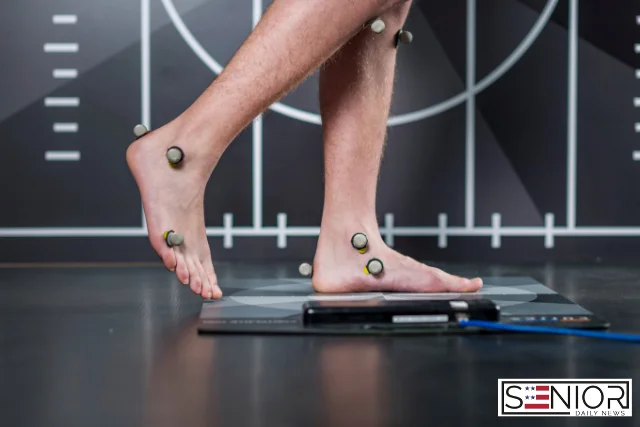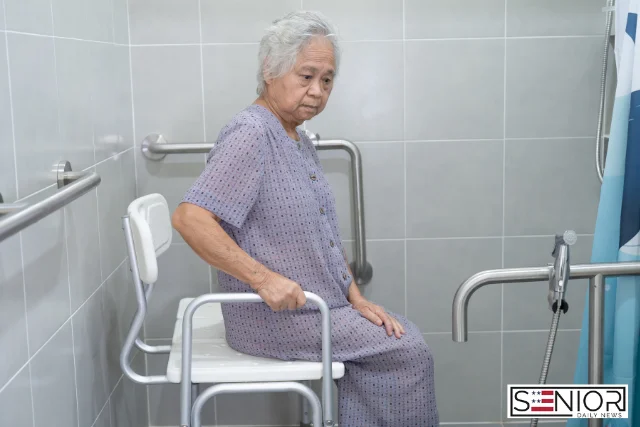Understanding Gait Analysis: Improving Your Walk

Have you ever noticed that your stride feels different when you’re tired, carrying groceries, or simply walking on uneven pavement? Those small changes in movement patterns can reveal a lot about your overall health and mobility. That’s where Gait Analysis comes in. By studying the way you walk, healthcare professionals can spot imbalances, identify early signs of joint trouble, and recommend adjustments that keep you moving comfortably—especially important for seniors who want to stay active and independent.
What Exactly Is Gait Analysis?
In everyday terms, Gait Analysis is a detailed look at how the body moves from the moment one foot lifts off the ground until it lands again. Clinicians examine posture, joint angles, muscle activation, and timing to uncover subtle issues that ordinary observation might miss. Technologies range from simple video recordings to high-tech pressure-sensing treadmills and motion-capture systems.
Why Seniors Should Care
- Fall Prevention: Small stability problems can lead to stumbles that cause serious injuries. Identifying those issues early helps reduce fall risk.
- Pain Management: Arthritis, back discomfort, or old injuries often show up as compensations in your walk. Adjusting gait reduces unnecessary strain.
- Energy Efficiency: As we age, conserving energy matters. Smoother movement means longer walks without fatigue.
- Early Detection of Neurological Issues: Changes in gait sometimes signal Parkinson’s disease or peripheral neuropathy before other symptoms appear.
Key Components of a Gait Cycle
- Heel Strike: The moment your heel contacts the ground.
- Foot Flat: Your entire foot bears weight.
- Midstance: Body weight moves over the supporting leg.
- Heel Off: Heel lifts while the ball of the foot remains in contact.
- Toe Off: Foot leaves the ground, starting swing phase.
- Swing Phase: Leg moves forward to prepare for the next heel strike.
Gait Analysis evaluates each phase to see where timing or alignment might stray from ideal patterns.
How Gait Analysis Is Performed
- Initial Interview: Discuss health history, medications, and goals.
- Visual Observation: A clinician watches you walk barefoot and in shoes.
- Instrumented Testing:
- Cameras capture joint angles in 2D or 3D.
- Force plates measure how hard each foot strikes the ground.
- Wearable sensors track cadence and stride length in real-world settings.
- Data Interpretation: Software compares your results to age-matched norms.
- Action Plan: Recommendations may include exercises, footwear changes, or physical therapy.
Common Findings in Senior Gait Patterns
- Shortened Stride Length: Often due to hip stiffness or fear of falling.
- Reduced Ankle Push-Off: Weak calf muscles lessen forward momentum.
- Asymmetry: One leg compensates for knee or hip discomfort on the other side.
- Increased Step Width: Wider stance improves balance but can overwork hip abductors.
- Slow Cadence: Fewer steps per minute conserve energy but may decrease stability.
Practical Ways to Improve Your Walk
1. Strengthen Key Muscles
- Calves: Heel raises while holding a countertop.
- Hips: Side-lying leg lifts or resistance-band walks.
- Core: Seated marches to engage abdominal support.
2. Flexibility Exercises
- Hamstring Stretches: Sit on a chair, extend one leg, and gently reach toward your toes.
- Ankle Mobility: Ankle circles and gentle dorsiflexion against a wall.
3. Balance Drills
- Tandem Stance: Stand with one foot directly in front of the other for 20 seconds.
- Single-Leg Stance: Hold onto a sturdy surface and lift one foot off the floor.
4. Footwear Choices
Shoes should have a supportive heel counter, cushioned midsole, and ample toe box. Consult a podiatrist for custom orthotics if Gait Analysis shows arch collapse or uneven pressure.
5. Use Assistive Devices Correctly
If recommended, canes or walkers should be adjusted to wrist height with elbows slightly bent. Using them improperly can worsen gait mechanics.
Incorporating Technology at Home
- Smart Insoles: Provide real-time feedback on pressure distribution.
- Walking Apps: Track cadence and step length with your smartphone.
- Home Video: Recording yourself walking helps you see patterns you can’t feel.
Working with Professionals
- Physical Therapists: Design targeted strength and flexibility programs.
- Orthopedic Specialists: Address structural issues such as knee osteoarthritis.
- Neurologists: Evaluate sudden gait changes related to nervous system conditions.
Regular follow-up Gait Analysis sessions—every 6 to 12 months—ensure adjustments remain effective as your body changes.
Lifestyle Tips for Healthy Walking
- Stay Hydrated: Dehydration can cause muscle cramps and dizziness.
- Mind Your Posture: Keep head up and shoulders relaxed.
- Warm Up: Gentle ankle rolls and marching in place before longer walks.
- Safe Environments: Choose well-lit, even surfaces and wear reflective gear when necessary.
- Gradual Progression: Increase distance or speed by no more than 10 percent per week.
FAQs
Q1: Does insurance cover Gait Analysis?
Many Medicare Advantage plans and private insurers cover evaluations when prescribed for balance disorders, post-surgery rehab, or fall prevention. Check with your provider.
Q2: How long does a session last?
A comprehensive Gait Analysis typically takes 45 to 90 minutes, including setup and review.
Q3: Will I need special clothing?
Wear form-fitting, comfortable clothes and walking shoes. Reflective markers or sensors adhere better to snug fabrics.
Q4: Can gait issues be fixed without surgery?
Often yes. Exercises, physical therapy, and footwear modifications resolve many problems. Surgery is reserved for structural conditions like severe joint degeneration.
Q5: Is treadmill walking the same as overground walking?
Not exactly. Treadmills can alter stride length and cadence, so clinicians often combine both methods for accuracy.
Q6: How soon will I see improvements?
With consistent exercises and proper shoes, many people feel changes in 4 to 6 weeks, though complex issues may take longer.
Image Source: Canva






